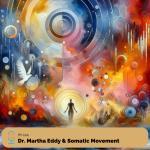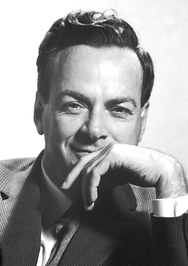
Michael Rubino & Air Quality
Summary
In this conversation, Michael Rubino discusses his journey into the field of air quality and health, highlighting the importance of clean air and the impact of mold on indoor environments. He shares insights on the evolution of his business, Home Cleanse, and the various clientele they serve, from those recovering from disasters to individuals seeking preventative measures for better air quality. The discussion emphasizes the need for a data-driven approach to diagnostics and the balance between energy efficiency and maintaining healthy indoor air quality. In this conversation, the speakers delve into the complexities of indoor air quality, discussing mycotoxins, HVAC systems, and the importance of proper maintenance. They explore the consulting process for improving air quality, the creation of treatment plans, and the role of contractors in ensuring safe building materials. The discussion also highlights innovative insulation options and the significance of dust testing in diagnosing air quality issues. In this conversation, the speakers discuss the importance of maintaining a healthy home environment, focusing on air quality, HVAC systems, and the significance of dust testing. They emphasize the need for homeowners to be proactive in understanding and improving their living conditions. The discussion also touches on the role of regulations in ensuring air quality and the efforts of the Change the Air Foundation to advocate for better standards. The speakers highlight the importance of simplifying complex topics to empower homeowners and encourage DIY projects for better health outcomes.
Takeaways
- Michael Rubino’s journey began with noticing health issues related to air quality.
- The importance of loving what you do in your profession.
- Home Cleanse generated significant revenue by addressing air quality issues.
- Indoor air can be significantly more polluted than outdoor air.
- Energy efficiency must not compromise indoor air quality.
- Mold is a key indicator of a sick building.
- A data-driven approach is essential for effective air quality solutions.
- Understanding the specific needs of clients is crucial for success.
- Asking the right questions leads to better outcomes in health and air quality.
- The relationship between mold and various health concerns is complex and requires thorough investigation. Mycotoxins are often misunderstood and debated.
- Testing dust is crucial for assessing air quality.
- HVAC cleaning can significantly improve indoor air quality.
- Consulting services can guide homeowners in air quality improvements.
- A comprehensive treatment plan is essential for effective remediation.
- Maintenance reminders help ensure long-term air quality.
- Contractors often lack knowledge about air quality materials.
- Innovative insulation materials can provide better alternatives.
- Dust can carry various contaminants throughout a home.
- Mold can develop rapidly under the right conditions. You should test your home for air quality once a year.
- Cleaning is essential to maintain a healthy home environment.
- Understanding the HVAC system is crucial for air quality.
- Dust testing can help identify potential health hazards.
- Preventative measures can enhance your health journey.
- Air quality technology can reveal hidden problems in homes.
- Creating a new baseline is important after remediation.
- Homeowners can take control of their health by being informed.
- Regulations are necessary to protect consumers in home services.
- Advocacy for air quality standards is vital for community health.
Chapters
00:00 Introduction to Air Quality and Health
03:01 Michael Rubino’s Journey into Air Quality
05:59 Understanding Clientele and Their Needs
09:01 The Importance of Diagnostics in Air Quality
11:54 Energy Efficiency vs. Indoor Air Quality
14:58 The Role of Mold in Indoor Environments
18:09 Data-Driven Approaches to Air Quality Solutions
24:03 The Mycotoxin Debate
24:57 Assessing Indoor Air Quality
26:54 Consulting for Clean Air Solutions
28:54 Creating a Treatment Plan
32:07 The Importance of Maintenance
34:06 Contractor Knowledge Gaps
35:53 Identifying Other Air Quality Issues
39:00 Innovative Insulation Materials
40:46 The Role of Dust in Diagnostics
45:53 Creating a Healthy Home Environment
49:01 Understanding Air Quality and HVAC Systems
53:57 Empowering Homeowners with Knowledge
59:59 Advocating for Air Quality Regulations
Podcast: Play in new window | Download








